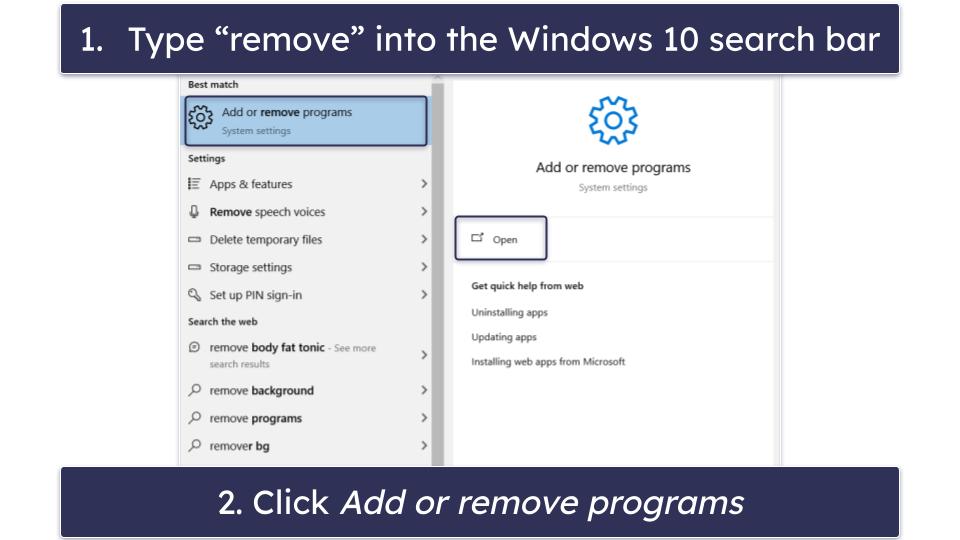I had reminders from three apps, each saying I was late for something I couldn’t recall. I experienced productivity paralysis, a gridlock where too many tasks made action impossible.
My brain felt like an overloaded computer — slow, foggy, and near a crash. That’s when I decided to go nuclear. I started from scratch.
The secret wasn’t a magical all-in-one productivity app. It was a disciplined, interconnected system where a few specialized tools worked in unison.
The core principles that now govern my productivity system
Before installing any app, I wrote a constitution. The issue was my lack of a usage philosophy, so I set these non-negotiable principles.
Specialization over saturation in my ecosystem
This became my cardinal rule. Every tool in my new system would have a single, exclusive purpose.
My note-taking app is only for taking notes. My task manager is only for managing tasks and so on.
This principle is a direct assault on feature bloat and decision fatigue.
When I open an app, I know exactly why I’m there. There’s no ambiguity or temptation to start managing tasks in my notebook.
This creates an environment of clarity, reducing the mental energy needed to engage with my system.
A central repository for actionable tasks
Every actionable item must be processed and moved to my task manager regardless of origin.
This is my command center, my single source of truth. It solves the scattered-brain problem by creating a unified inbox for all commitments.
It’s a practical application of the Getting Things Done (GTD) methodology, which is built on capturing all your open loops in a trusted system to free up your mind.
The anxiety of forgetting something critical vanishes when you know everything awaits you in one place.
Systematic movement wins static data collection
This is the principle that ties everything together. The system’s power is in the defined, repeatable processes for moving information.
An idea has a life cycle. It is born in the capture tool, becomes an actionable task in the command center, and is given time to be executed on the calendar.
My old systems were stagnant data ponds. This new system is a river. Information constantly moves from capture to clarification to completion, and nothing gets stuck.
A minimalist tech stack with maximum utility
With my philosophy established, I began to assemble my new toolkit. Apps matter less than the roles they fill, so swap them for your favorites.
I rely on three cores. One to capture, one to command, one to schedule. Everything else supports those pillars.
I use Obsidian to offload my mind every day
Obsidian is my digital inbox for capturing everything that crosses my mind — ideas, meeting notes, links, stray thoughts — the moment it occurs.
I use a daily note template that automatically creates a fresh daily page. This is a running log, a brain dump that gets everything out of my head.
I review my Daily Note as part of my end-of-day routine.
Any line item requiring action must be moved to my task manager. I use the Todoist Sync plugin. I highlight a line of text in Obsidian, press the hotkey, and the plugin creates a new task in my Todoist inbox.
Everything I have to do starts with an entry in Todoist
Todoist is home to every defined, actionable task. If it’s something I need to do, it lives here.
I organize my projects using a simplified structure inspired by the PARA method. I have top-level folders for active Projects (for example, Website Redesign) and ongoing Areas of responsibility (such as Finances and Health).
Then, during my weekly review — a cornerstone GTD habit — it feeds high-priority tasks into my calendar.
I use Fantastical to drag tasks into time blocks
Fantastical’s purpose is to schedule non-negotiable blocks of time for the tasks I’ve prioritized.
This is the final handoff in the workflow, where a to-do becomes a commitment of time. Fantastical has a native integration with Todoist.
I look at upcoming tasks and physically drag my top three priorities for the week from the Todoist list onto the calendar.
The calendar event automatically includes a link to the original Todoist task.
Support apps without cluttering my main system
A few other apps support my core trio.
I use a web clipper to avoid cluttering my system with read-later items. When I find an interesting article, I capture the link in my Obsidian Daily Note.
During my evening review, I send it directly to the Obsidian web clipper if it’s something I want to read. This keeps my task list for action, not consumption.
Forest enforces the sanctity of my time blocks.
When that 2:00 PM calendar event arrives, I open Forest on my phone and set a timer. A virtual tree starts to grow. If I exit the app to check social media, the tree dies.
It’s a simple but powerful way to gamify focus, slash screen time, and hold myself accountable for my calendar commitments.
This mindset shift finally made my tools work together
The specific apps I use are great, but that’s not the point. You could build an identical system with Bear, Things 3, and Cron. The tools are replaceable, but the philosophy is not.
Stop searching for the one perfect app that will solve all your problems. It doesn’t exist.
Instead, become the architect of your perfect system. Take an hour this weekend to audit your digital tools and say goodbye to digital clutter and what isn’t working.
Pick one tool for each job, define the flow of information between them, and go nuclear.



